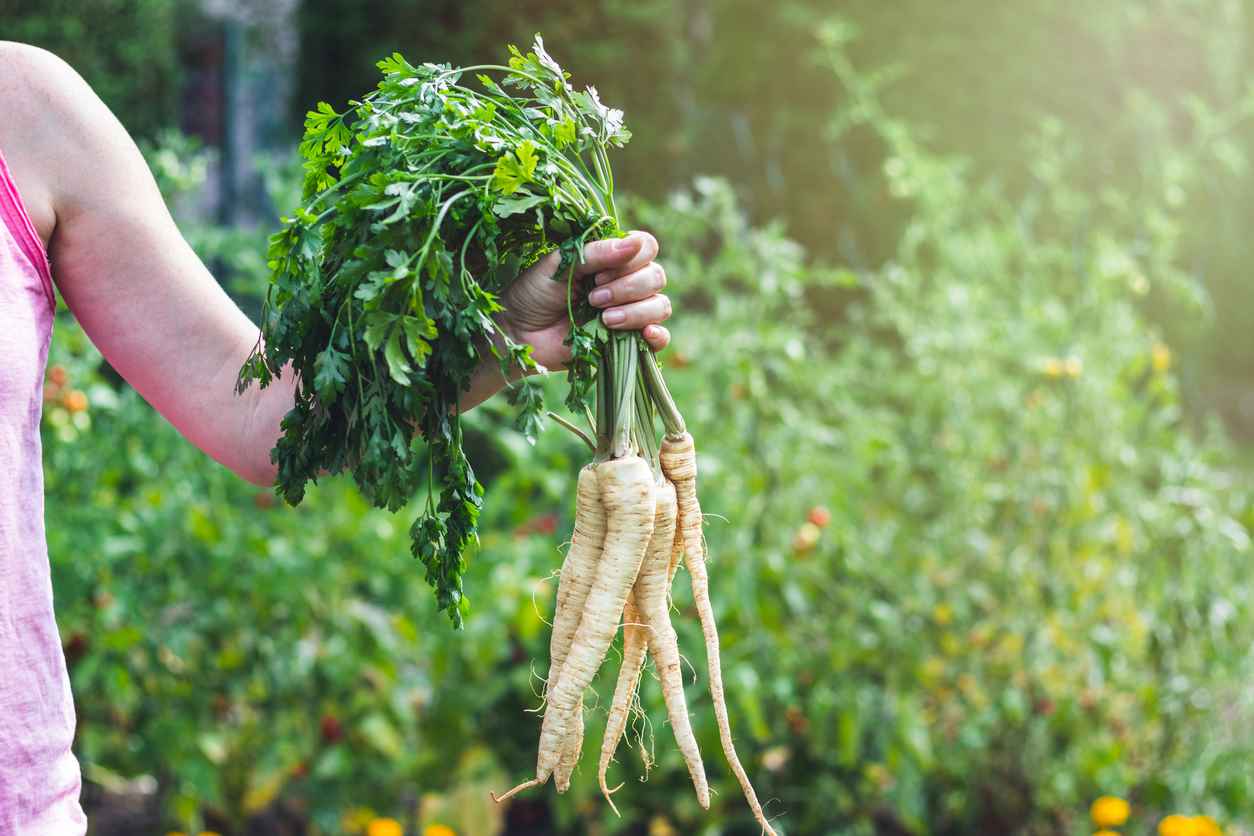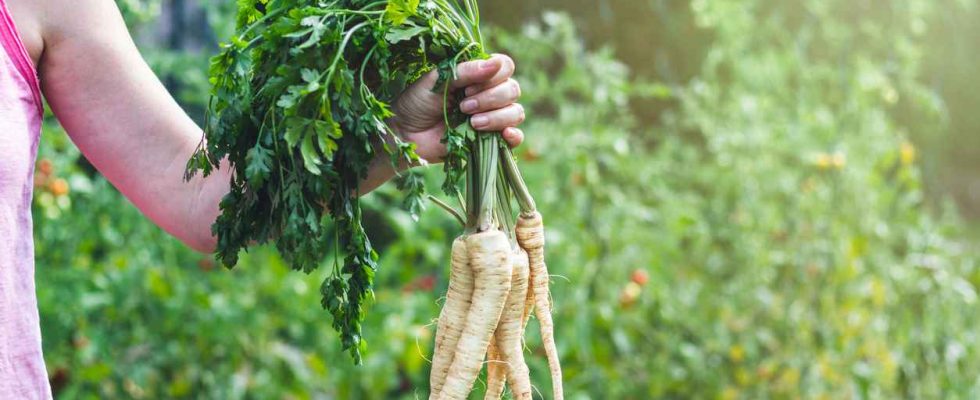
Spinach
This leafy vegetable that hates high heat can be grown almost all year round if you choose varieties adapted to the season. Thus, in February, it is possible to harvest spinach to benefit from its subtle taste and its health benefits. They can be harvested approximately 2 months after sowing. To do this :
- Do not tear off the base, but cut the largest leaves 2 cm from the ground, starting from the edge so as to allow those in the center to develop.
- Once the leaves have been harvested, you can store them for a few days in the vegetable drawer of your refrigerator. For longer storage, it will be necessary to freeze them.
Leek
Being very hardy, the leek can spend the winter in the ground without problem. Here again, the choice of suitable varieties allows you to enjoy leeks almost all year round. They can be harvested between 6 to 7 months after sowing. To do this :
- Insert your garden fork into the ground next to the leek to be pulled out.
- Lift the clump by giving small jerks on the handle.
- Once your leeks have been extracted from the ground, you can keep them for a few days. You can either harvest them as you need them, or harvest them all to freeze or store them.
Brussels sprouts
Brussels sprouts appear on a sturdy stem that ends in a clump of large leaves. The same plant can yield between 20 and 75 small apples which should be harvested when they are the size of a walnut.
If you wait too long you will see flowering branches appear. Depending on the sowing period and the variety chosen, you will be able to enjoy a harvest in autumn, winter or spring. Regardless, it takes between 130 and 160 days of cultivation before the cabbages are ready to harvest. To do this :
- Start at the bottom of the foot and then work your way up the upper.
- Harvest the largest apples as you need them by simply snapping off their stems. *
- Brussels sprouts keep for a few days after harvest. For longer storage, they will need to be frozen.
Winter cabbages
In February, you can enjoy winter cabbages, such as kale, cauliflower, head cabbages, etc. Once harvested, it is best to consume quickly to fully enjoy their flavor and properties.
Parsnip
Parsnips are a very hardy root vegetable which does not need special protection and which can therefore be sown in place to be able to harvest about 5 months later. To do this :
- As with carrots, dig them up using a garden fork, which should be planted at a reasonable distance from the parsnip so as not to damage its roots. It is best to carry out this uprooting in dry weather.
- You can then keep your parsnips for several months in a bed of sand. Otherwise, you can leave them buried in the vegetable garden and harvest them as needed.
Chewed up
A great winter classic, lamb’s lettuce can be sown from July until October. Very rustic, it resists the cold well. However, episodes of frost can slow down its growth, it may be necessary to use a winter sail if you grow them in an area where temperatures can drop well below 0.
You will be able harvest 2 months after sowing. But lamb’s lettuce cannot be stored, so you will only have to harvest it as needed. To do this, simply cut the rosette at the collar.
Winter lettuces
Easy to grow, lettuce has the advantage of being able to be grown 10 months a year. To do this, it is important to choose the variety according to the season. Winter lettuces should be sown between August and September.
Generally, they withstand temperatures down to -10°C, but it may be necessary to install protection. After being harvested, they should be consumed as quickly as possible. This means that you should only harvest as and when you need itwhether by pulling out the entire plant or by picking just a few leaves.
Parsley
You can still harvest your parsley as and when you need it. It is also possible to freeze the leaves or dry them to preserve them and have them on hand when you need them.

